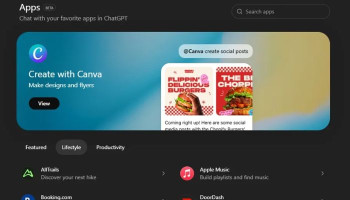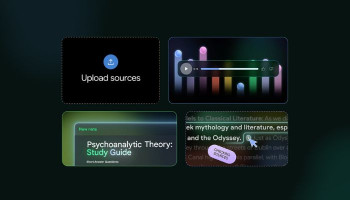
Generative artificial intelligence (AI) rapidly evolved from experimental startups exploring image generation to a robust industry encompassing video, music, chat, voice, and image tools. These technologies began serving a wide array of professionals, from filmmakers to influencers, fundamentally altering how creative content was generated and consumed.
An experienced AI reviewer delved into and pushed the boundaries of new and updated AI tools. Some tools became indispensable in their daily workflow, while others left a lasting impression with their capabilities.
Crafting a definitive list of the best AI tools across categories proved challenging due to the diverse offerings and styles available. Nonetheless, here were the five AI tools that stood out, used either professionally or for personal enjoyment on a daily basis:
| Product | Free Plan Credits | Cheapest Paid Plan | |
| Images | Leonardo | 150/day | $12 |
| Video | Luma Labs Dream Machine | 30/month | $29 |
| Music | Udio | 10/day + 100/month | $10 |
| Chat | Claude 3 | N/A | $20 |
| Voice | ElevenLabs | 10,000 characters/month | $5 |
Among these categories, the standout choice for synthetic voice AI was ElevenLabs, chosen for its unmatched breadth and quality.
Reflecting on what made a superior AI tool, ease of use and accessibility were paramount. The tools featured on their list offered a user-friendly interface with a minimal learning curve, ensuring they were practical for both novices and experienced users alike. Furthermore, quality was non-negotiable; even the most advanced features were worthless if usability suffered.
In addition to functionality, pricing played a crucial role. Each tool highlighted provided a free tier or introductory credits, making them accessible for initial exploration without financial commitment.
As AI tools continued to advance, their integration into everyday creative workflows signified a paradigm shift in digital content creation. Their impact on industries reliant on creativity was expected to grow exponentially, promising new possibilities for innovation and efficiency.
















